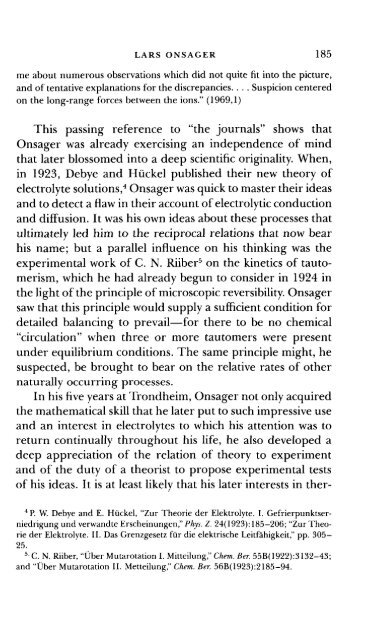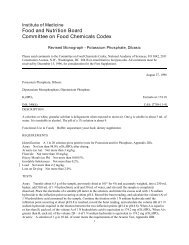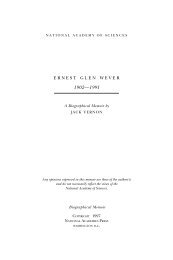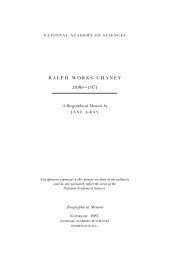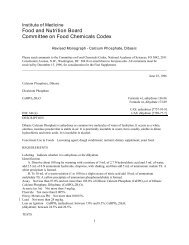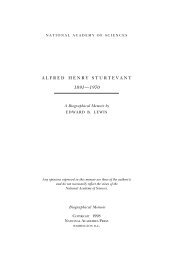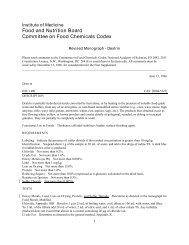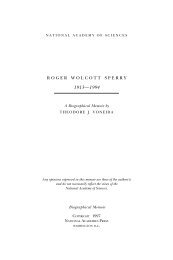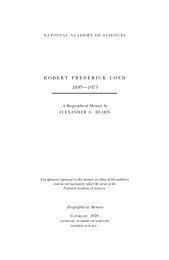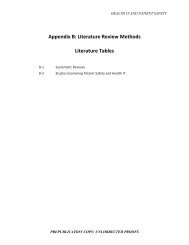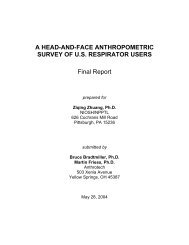LARS ONSAGER - The National Academies Press
LARS ONSAGER - The National Academies Press
LARS ONSAGER - The National Academies Press
Create successful ePaper yourself
Turn your PDF publications into a flip-book with our unique Google optimized e-Paper software.
<strong>LARS</strong> <strong>ONSAGER</strong> 185<br />
me about numerous observations which did not quite fit into the picture,<br />
and of tentative explanations for the discrepancies. . . . Suspicion centered<br />
on the long-range forces between the ions." (1969,1)<br />
This passing reference to "the journals" shows that<br />
Onsager was already exercising an independence of mind<br />
that later blossomed into a deep scientific originality. When,<br />
in 1923, Debye and Huckel published their new theory of<br />
electrolyte solutions, 4 Onsager was quick to master their ideas<br />
and to detect a flawin their account of electrolytic conduction<br />
and diffusion. It was his own ideas about these processes that<br />
ultimately led him to the reciprocal relations that now bear<br />
his name; but a parallel influence on his thinking was the<br />
experimental work of C. N. Riiber 5 on the kinetics of tautomerism,<br />
which he had already begun to consider in 1924 in<br />
the light of the principle of microscopic reversibility. Onsager<br />
saw that this principle would supply a sufficient condition for<br />
detailed balancing to prevail—for there to be no chemical<br />
"circulation" when three or more tautomers were present<br />
under equilibrium conditions. <strong>The</strong> same principle might, he<br />
suspected, be brought to bear on the relative rates of other<br />
naturally occurring processes.<br />
In his five years at Trondheim, Onsager not only acquired<br />
the mathematical skill that he later put to such impressive use<br />
and an interest in electrolytes to which his attention was to<br />
return continually throughout his life, he also developed a<br />
deep appreciation of the relation of theory to experiment<br />
and of the duty of a theorist to propose experimental tests<br />
of his ideas. It is at least likely that his later interests in ther-<br />
4 P. W. Debye and E. Huckel, "Zur <strong>The</strong>orie der Elektrolyte. I. Gefrierpunktserniedrigung<br />
und verwandte Erscheinungen," Phys. Z. 24(1923): 185-206; "Zur <strong>The</strong>orie<br />
der Elektrolyte. II. Das Grenzgesetz fur die elektrische Leitfahigkeit," pp. 305-<br />
25.<br />
5 C. N. Riiber, "tlber Mutarotation I. Mitteilung," Chem. Ber. 55B(1922):3132-43;<br />
and "Liber Mutarotation II. Metteilung," Chem. Ber. 56B(1923):2185-94.


